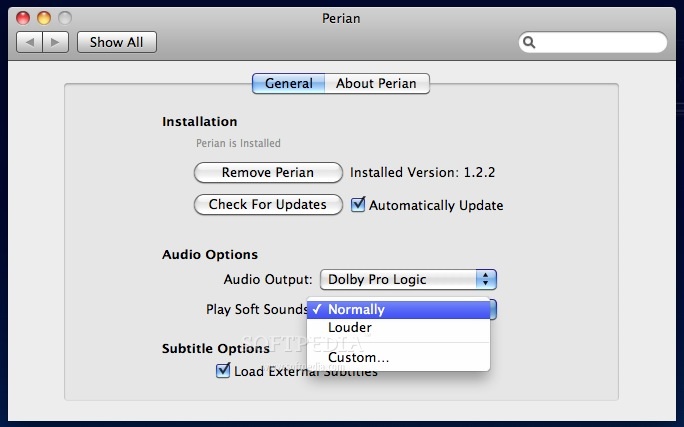

(board = mark and board = mark and board = mark)) # diagonal (board = mark and board = mark and board = mark) or # diagonal (board = mark and board = mark and board = mark) or # down the right side

(board = mark and board = mark and board = mark) or # down the middle (board = mark and board = mark and board = mark) or # across the bottom (board = mark and board = mark and board = mark) or # across the middle Got the content from Udemy Course.ĭef win_check(board,mark): return ((board = mark and board = mark and board = mark) or # across the top def find_winner():īut this is most likely what you searched for. In this function i'm trying to find the winner. Turn2 = int(input("Player 2 \nPlease play your move, between values 0-8: ")) Prevent this user from interacting with your repositories and sending you notifications. While Turn2 not in acceptables_positions: Turn2 = int(input("Player 2 \nPlease play your move: "))

#Change the index value and replace it with Player 1 sign Turn1 = int(input("Player 1 \nPlease play your move, between values 0-8: ")) While Turn1 not in acceptables_positions: #Check if the input values is in the range of 0-8 Turn1 = int(input("Player 1 \nPlease play your move: ")) Print("Select position for your sign between 0 - 8\nYou can check the position board to be sure that your choice is in the place you want")Īcceptables_positions = Characterizing R10mm rainfall events over Ghana using PERSIANN -PDIR data.ipynb. Player1 = input("Please Choose Only X or O \n").upper() Failed to load latest commit information.ipynbcheckpoints. Player1 = input("Please Choose, X or O \n").upper()
Github perian daata code#
Implemented python code provides an efficient text preprocessing on input data set to achieve a high score on prediction. Using the SVM approach to classify Farsi (Persian) sentences into two classes. Print("Position Board \n |\n".format(board,board,board,board,board,board,board,board,board)) Binary text classification on Farsi textual data set ( review, tweet, etc. Sorry for this, but I couldn't upload the question because it has too much code. When the indexes change with the letter x or o I want to check if they are equal.

I check the indexes of my list if are equal, but it seems that is doesn't work. Data preprocessingĪfter downloading the dataset, first set DATASET_PATH and DATASET_PATH variables in the file scripts/preprocess_commonvoice_fa/preprocess_commonvoice_fa.I'm trying to find the winner in tic-tac-toe game. I found audio files from one of the speakers more approriate for training whose speaker id is hard-coded in the commonvoice_fa preprocessor. Unfortunately, only a few number of speakers in the dataset have enough number of utterances for training a Tacotron model and most of the audio files have low quality and are noisy. The model is trained on audio files from one of the speakers in Common Voice Persian which can be downloaded from the link below: The source code in this repository is highly inspired by and partially copied (and also modified) from the following repostories:Įncoder : CNN layers with batch-norm and a bi-directional lstm on top.ĭecoder: 2 LSTMs for the recurrent part and a post-net on top.Īttention type: GMM v2 with k=25. I've included WaveRNN model in the code only for infernece purposes (no trainer included). For generating better quality audios, the acoustic features (mel-spectrogram) are fed to a WaveRNN model. This repository contains implementation of a Persian Tacotron model in PyTorch with a dataset preprocessor for the Common Voice dataset. Visit this demo page to listen to some audio samples


 0 kommentar(er)
0 kommentar(er)
